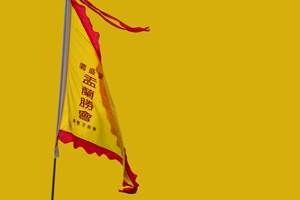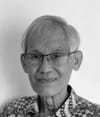MALAYSIAN CHINESE HAVE a unique term for public Chinese cemeteries—Yi Shan (义山). The term, used in Malaysia alongside other more widely used terms such as 冢 (zhǒng) and 墓 (mù; tomb), reflects a core belief of early Chinese immigrants to the country: “Yi” signifies selfless public service, while “Shan” represents the traditional practice of building graves on hilly terrain for good feng shui.[1] These cemeteries are the philanthropic legacies of early Chinese immigrants, who established them as communal burial grounds.[2]
Penang is home to many such public cemeteries, usually built by Chinese associations. Mount Erskine, for example, has one of the largest and oldest collections of these cemeteries, including the Kwangtung & Tengchow Association and the Hokkien United Cemeteries, catering to the different dialect groups here.[3] With the earliest ones dating back to the early 19th century, these sites are the result of the rapid growth of the early Chinese community, and more significantly, indicates the settling down of Chinese immigrants in Penang.







